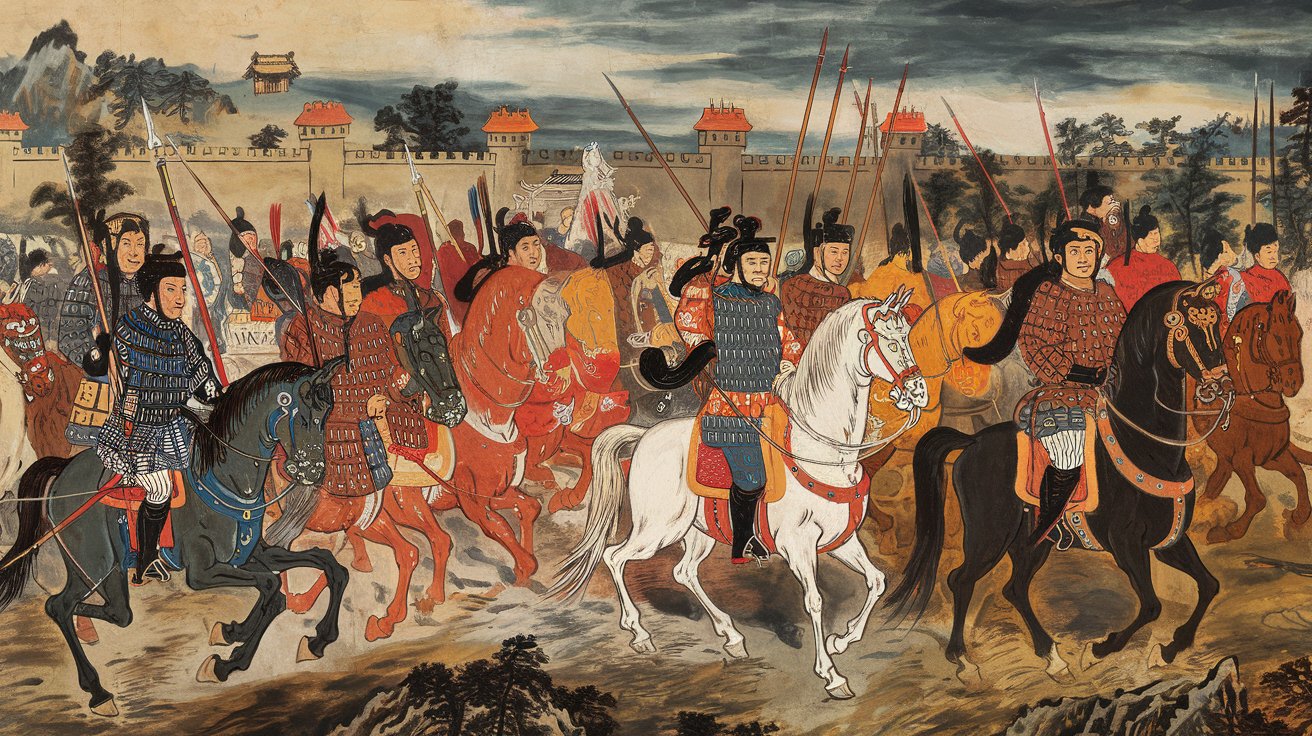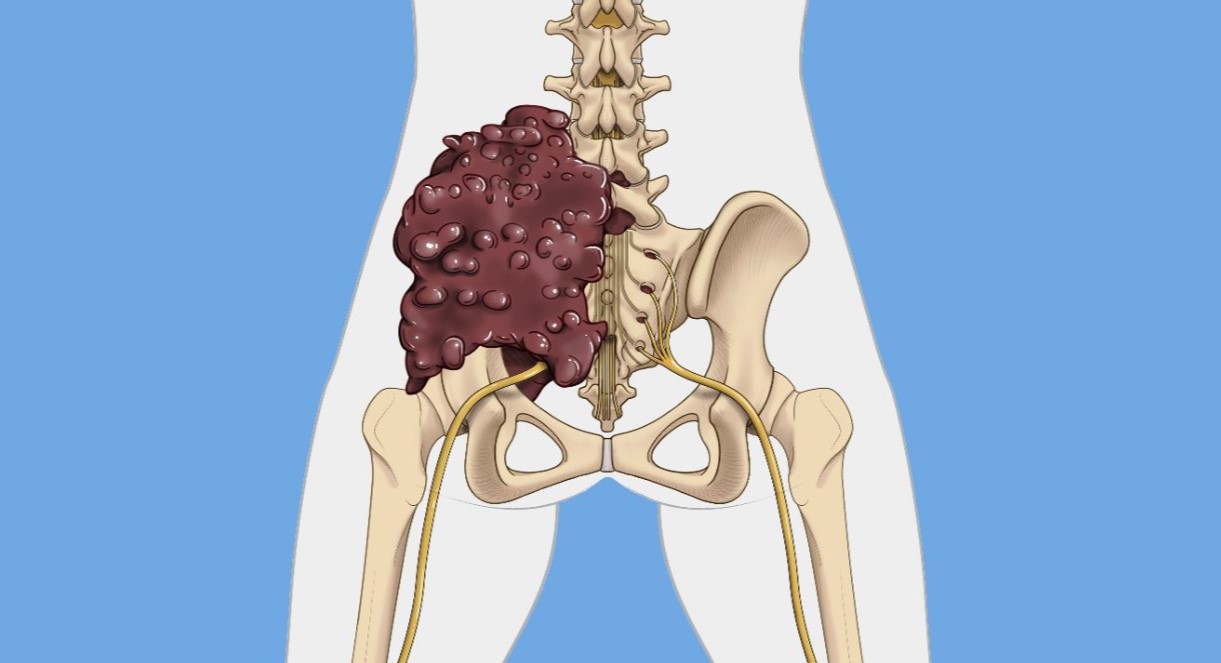
What were the Wars of the Chinese Spring and Autumn Period? The Spring and Autumn period, spanning from 770 to 481 BCE, was a time of intense political and military upheaval in ancient China. Named after the Spring and Autumn Annals, this era saw the gradual erosion of royal control as regional lords gained power. Frequent wars and shifting alliances defined the landscape, with states like Jin, Chu, and Qin vying for dominance. The rise of powerful states and military innovations set the stage for the subsequent Warring States period. This period also witnessed the emergence of influential philosophies such as Confucianism and Taoism, which shaped Chinese culture and governance.
Key Takeaways:
- The Spring and Autumn Period in ancient China was a time of political turmoil and military upheaval, leading to the rise of powerful states and significant military reforms.
- The period also saw the emergence of key philosophical movements like Confucianism and Taoism, which influenced political thought and governance, shaping the future of Chinese history and culture.
The Spring and Autumn Period: A Time of Turmoil
The Spring and Autumn period in Chinese history, spanning from approximately 770 to 481 BCE, was a time of significant political and military upheaval. This era saw the gradual erosion of royal control over various local polities and the rise of regional lords who increasingly exercised political autonomy. Here are 25 key facts about the wars of this fascinating period.
-
Duration and Name Origin: The Spring and Autumn period lasted approximately from 770 to 481 BCE. It gets its name from the Spring and Autumn Annals, a chronicle of the state of Lu between 722 and 481 BCE, traditionally associated with Confucius (551–479 BCE).
-
Erosion of Royal Control: During this period, royal control over various local polities eroded as regional lords increasingly exercised political autonomy, negotiating their own alliances and waging wars amongst themselves.
The Rise of Powerful States
As the central authority weakened, several states rose to prominence, each vying for power and influence. These states played crucial roles in the political and military landscape of the time.
-
The Six Ministers: In 588 BCE, the army of the state of Jin was split into six independent divisions, each dominated by a separate noble family. These families became the true power brokers of Jin, marking the beginning of the "Six Ministers" era.
-
Rise of Wu: Wu, a state in modern Jiangsu outside the Zhou cultural sphere, emerged as a significant player in the late Spring and Autumn period. Its first documented interaction with the Spring and Autumn states was in 584 BCE when a Wu force attacked the small border state of Tan.
Alliances and Hegemons
The period was marked by frequent alliances and the emergence of powerful hegemons who sought to maintain peace and uphold the royal house of Zhou.
-
Alliances and Wars: The period saw frequent alliances and wars between various states. Frontier states like Qin grew stronger due to their expansionist policies and strategic locations.
-
The Five Hegemons: With the royal house of Zhou lacking military strength, certain powerful lords took the position of hegemon. These five hegemons were Wu, Chu, Jin, Qi, and Yan.
The Partition of Jin and the Eight States
The gradual partition of Jin marked the end of the Spring and Autumn period and the beginning of the Warring States period. This partition led to the emergence of eight major states.
-
Partition of Jin: The partition of Jin occurred in 403 BCE, dividing the state between Han, Wei, and Zhao. This event is generally considered to mark the end of the Spring and Autumn period.
-
Eight States: After the partition of Jin, eight major states emerged: Han, Wei, Zhao, Qin, Chu, Yue, Qi, and Yan. These states would continue to vie for power throughout the Warring States period.
Military Reforms and Innovations
The states of this period underwent significant military reforms, adopting new tactics and technologies to strengthen their armies.
-
Military Reforms: States underwent significant military reforms. For example, King Wuling of Zhao (reigned 325–299 BCE) adopted cavalry as a major military reform to strengthen his power against nomadic invasions.
-
Battle of Changping: The Battle of Changping, fought between Qin and Zhao in 260 BCE, resulted in 650,000 casualties. It was one of the earliest, largest, and most thorough large-scale annihilation battles in ancient Chinese military history.
-
Qin's Strategic Victory: Qin adopted the strategy of retreating by feigning defeat, luring Zhao out of its position, and then dividing and encircling the Zhao army. This strategy showcased Qin's military prowess and strategic thinking.
Dominance and Expansion of States
Several states, such as Chu and Qin, expanded their territories significantly during this period, shaping the political landscape of ancient China.
-
Chu's Dominance: Chu enjoyed the largest area during the Warring States period, dominating the south with its core territory around the Yangtze River. It controlled today's Hubei, part of Henan, Anhui, Hunan, Jiangsu, and Zhejiang.
-
Qin's Expansion: Qin, located in the far west, occupied today's Shaanxi Guanzhong, Hanzhong, southeast Gansu, central and eastern Sichuan. Its strategic location allowed it to expand its territory significantly.
Strategic Positions of States
The geographical positions of various states played a crucial role in their military and political strategies.
-
Zhao's Northern Position: Zhao was situated in the north and roughly occupied most of today's Shanxi and Hebei, as well as part of Inner Mongolia. Its northern position made it vulnerable to nomadic invasions but also provided strategic advantages.
-
Wei's Central Position: Wei was located in the middle and roughly occupied part of today's Henan. Its central position allowed it to play a crucial role in balancing power between other states.
-
Han’s Middle Position: Han was situated in the middle too, occupying part of Henan and Shanxi. Its middle position made it a key player in regional politics and military alliances.
-
Yan’s Northeastern Position: Yan controlled the northeast and occupied today’s Beijing, Liaoning, and Jilin. Its northeastern position made it a significant player in regional trade and military conflicts.
-
Qi’s Eastern Position: Qi controlled the east and was centered on the Shandong Peninsula. Its eastern position allowed it to dominate regional trade and politics.
Power Rankings and Military Tactics
The power dynamics between the states fluctuated over time, influenced by military innovations and strategic alliances.
-
Power Rankings: The power rankings of the seven states during the Warring States period fluctuated over time. Initially, Wei and Chu were the strongest, followed by other states like Qin, Han, Zhao, Qi, and Yan.
-
Military Innovations: The Warring States period saw significant military innovations, including the adoption of cavalry by King Wuling of Zhao. This reform allowed for more flexible and mobile warfare tactics.
-
Nomadic Invasions: The borders of Zhao were often invaded by nomadic people from the north on horseback. This led to the adoption of cavalry as a major military reform to counter these invasions.
-
Battle Tactics: The states developed sophisticated battle tactics, including the use of chariots and spears. However, the introduction of cavalry revolutionized warfare by providing greater mobility and flexibility.
Philosophical Influences and Legacy
Despite the military turmoil, this period was also fertile ground for the emergence of key philosophies that influenced political thought and governance.
-
Regional Conflicts: The period was marked by frequent regional conflicts between states like Qin, Chu, Zhao, Wei, Han, Yan, and Qi. These conflicts often involved complex alliances and strategic maneuvers.
-
Philosophical Influences: Despite the military turmoil, this period was also fertile ground for the emergence of key philosophies and schools of thought. Confucianism, Taoism, and Legalism were some of the prominent philosophical movements that influenced political thought and governance.
-
Legacy of the Period: The Spring and Autumn period laid the groundwork for the Warring States period, which would eventually see the unification of China under Qin Shi Huang in 221 BCE. The strategic alliances, military innovations, and philosophical influences of this period played a crucial role in shaping Chinese history and culture.
The Legacy of the Spring and Autumn Period
The Spring and Autumn period was a time of intense political and military upheaval. Regional lords rose to power, challenging the weakened Zhou dynasty. Frequent wars and shifting alliances defined this era, leading to the emergence of powerful states like Jin, Chu, and Wu. The partition of Jin marked the transition to the Warring States period, setting the stage for the eventual unification of China under Qin Shi Huang. Military reforms, such as the adoption of cavalry, and the development of sophisticated battle tactics revolutionized warfare. Despite the turmoil, this period also saw the rise of influential philosophies like Confucianism and Taoism, shaping Chinese culture and governance. The Spring and Autumn period laid the groundwork for the future, leaving a lasting impact on China's history and cultural legacy.
Frequently Asked Questions
Was this page helpful?
Our commitment to delivering trustworthy and engaging content is at the heart of what we do. Each fact on our site is contributed by real users like you, bringing a wealth of diverse insights and information. To ensure the highest standards of accuracy and reliability, our dedicated editors meticulously review each submission. This process guarantees that the facts we share are not only fascinating but also credible. Trust in our commitment to quality and authenticity as you explore and learn with us.


